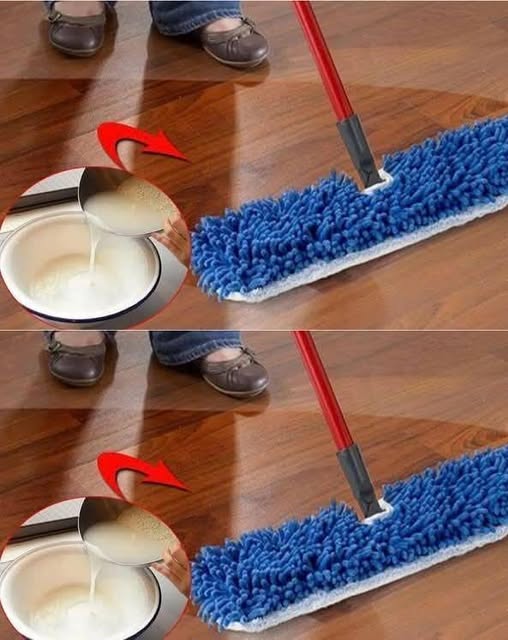ADVERTISEMENT
Instructions:
- Mix the Ingredients: In a spray bottle, combine 1 cup of white vinegar with 1 cup of water. For a stronger cleaning solution, you can use more vinegar and less water.
- Add Essential Oils (Optional): If you like a pleasant scent, add a few drops of your favorite essential oil. Lemon is great for an extra fresh scent and added cleaning power, while lavender can create a calming atmosphere.
- Shake and Use: Give the bottle a gentle shake to mix the solution. Now, your vinegar cleaner is ready to use on a variety of surfaces.
Where to Use Your Vinegar Cleaner
This all-purpose vinegar solution can be used on nearly every surface in your home, including:
1. Kitchen Surfaces
- Counters and countertops: Use the solution to wipe down your kitchen counters. It will cut through grease and grime, leaving them spotless.
- Stovetop: Vinegar works great on stovetops to remove greasy buildup. Spray it on and wipe away for a clean finish.
- Sink: The mild acidity of vinegar helps break down food stains and soap scum in the sink.
2. Bathroom
- Shower and tub: Vinegar can help dissolve soap scum, mildew, and hard water deposits on your bathroom surfaces.
- Toilet: Use it to clean and freshen up your toilet, and pair it with a brush for a sparkling result.
- Mirrors and glass: Vinegar is fantastic at leaving glass streak-free and shiny, whether it’s your bathroom mirror or windows.
3. Floors
- Wooden or tile floors: Vinegar and water can be used to mop your floors, leaving them clean without the risk of streaking or residue buildup.
4. Furniture and Upholstery
- Fabric spots: If you have fabric furniture or upholstery with stains, vinegar can help lift dirt and odors without damaging the material.
Things to Keep in Mind
While vinegar is a powerful cleaner, there are a few surfaces where it should not be used:
1. Stone Surfaces
Avoid using vinegar on marble, granite, or other natural stone surfaces, as the acidity can damage and dull the finish.
2. Delicate Wood
If you’re cleaning wood furniture or flooring, be cautious with vinegar, as it may affect the finish. Always dilute the vinegar with plenty of water and test it in an inconspicuous spot first.
3. Electronics
Be careful when cleaning electronic devices like televisions or computers. You can use vinegar to clean screens but dilute it more and apply it with a microfiber cloth, not directly to the device.
Conclusion
If you want to take your cleaning game to the next level, skip the plain water and add vinegar to your cleaning routine! This natural and eco-friendly cleaner is packed with powerful cleaning abilities, leaving your home spotless, fresh, and germ-free. Whether you’re dealing with grease, stains, odors, or soap scum, vinegar is the secret ingredient you didn’t know you needed.
By making your own vinegar cleaner, you’ll save money, avoid harsh chemicals, and enjoy the satisfaction of a naturally clean home. Give it a try and see just how effective this simple solution can be!
ADVERTISEMENT
